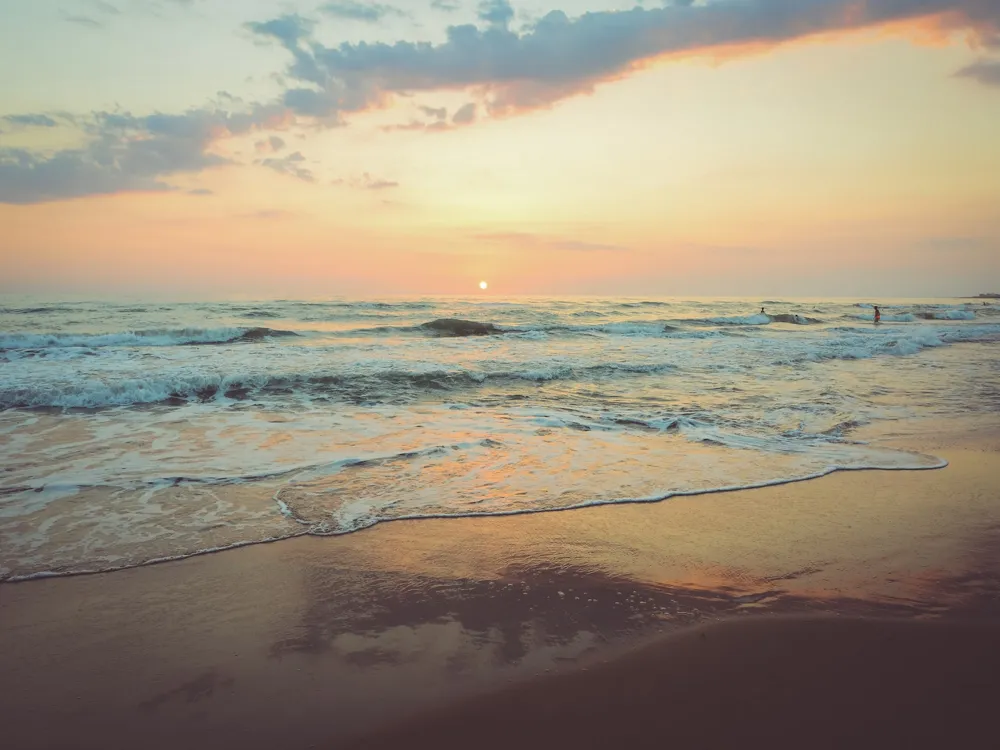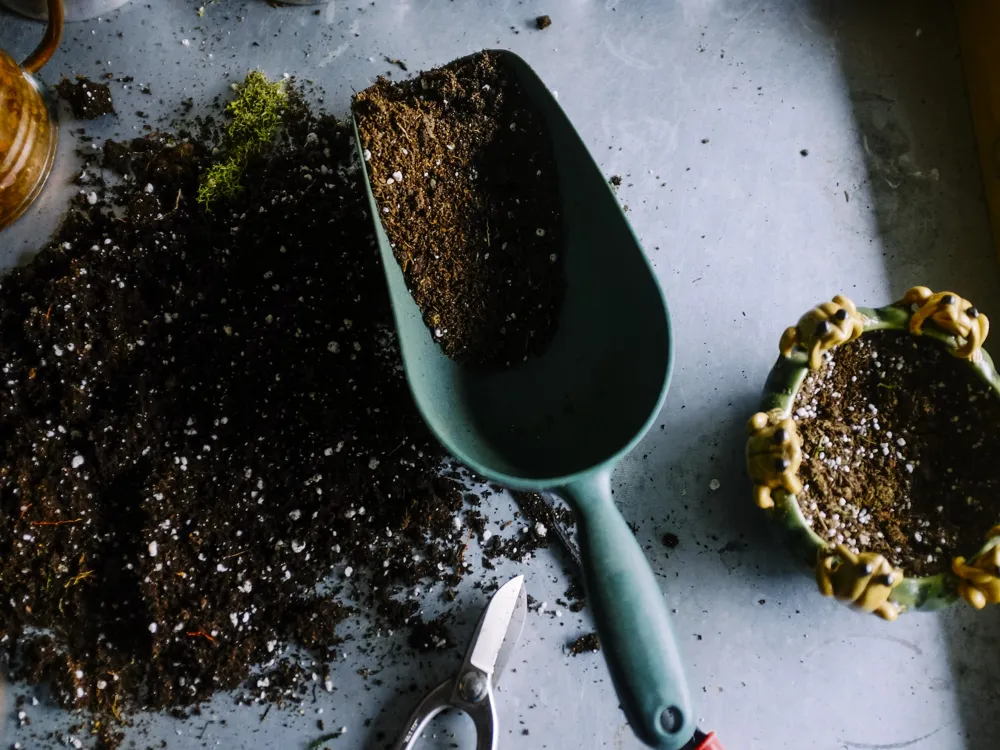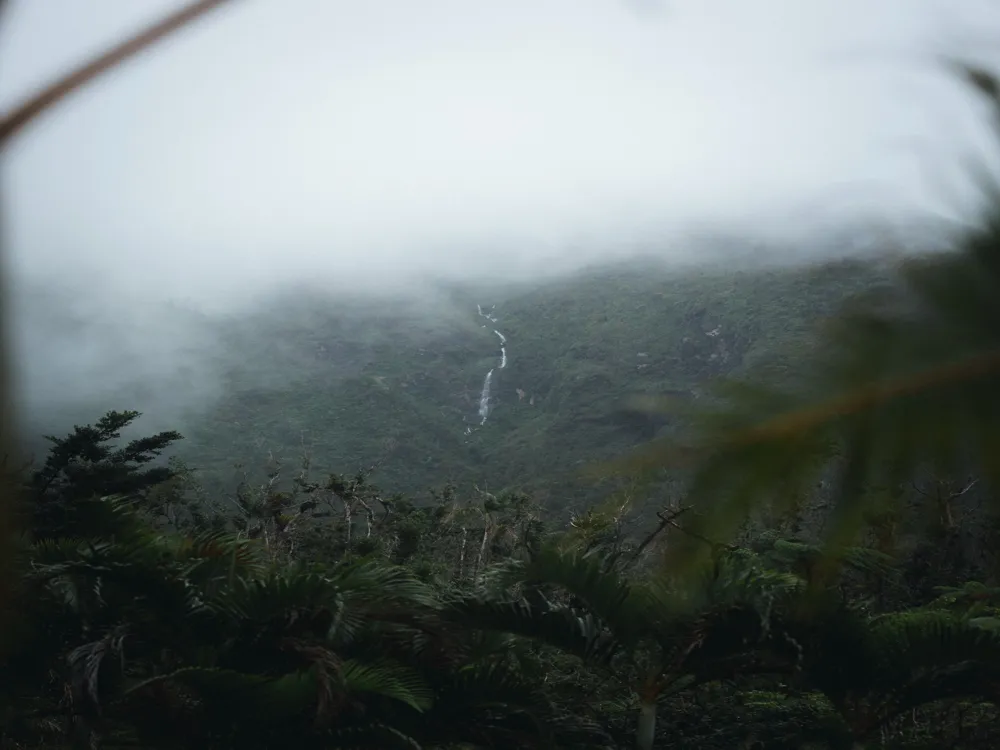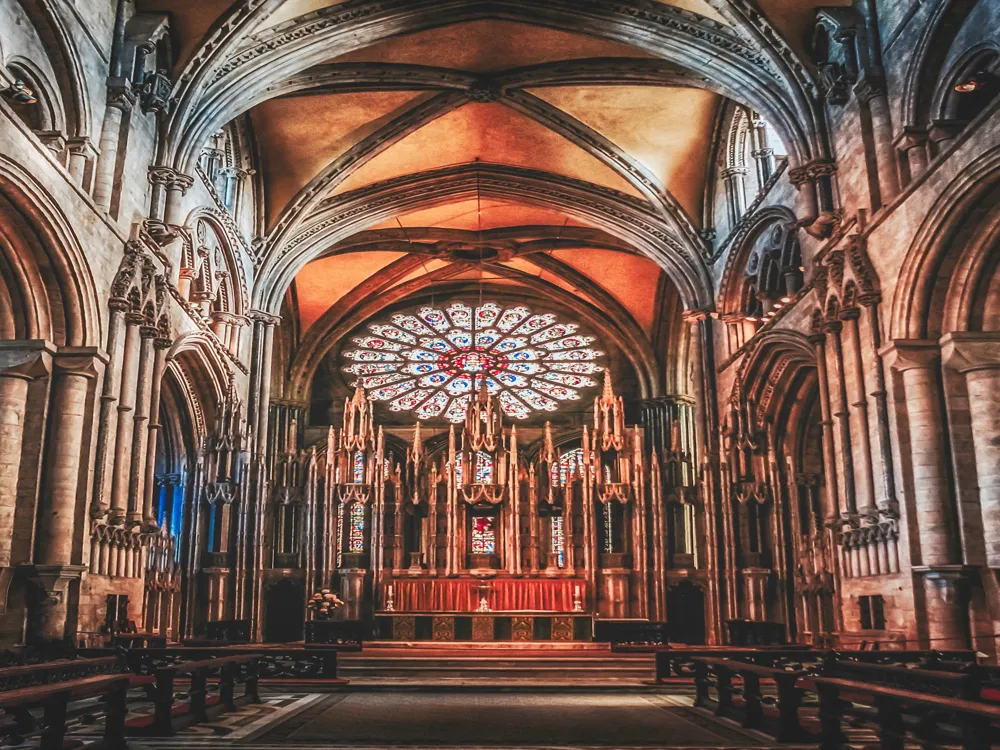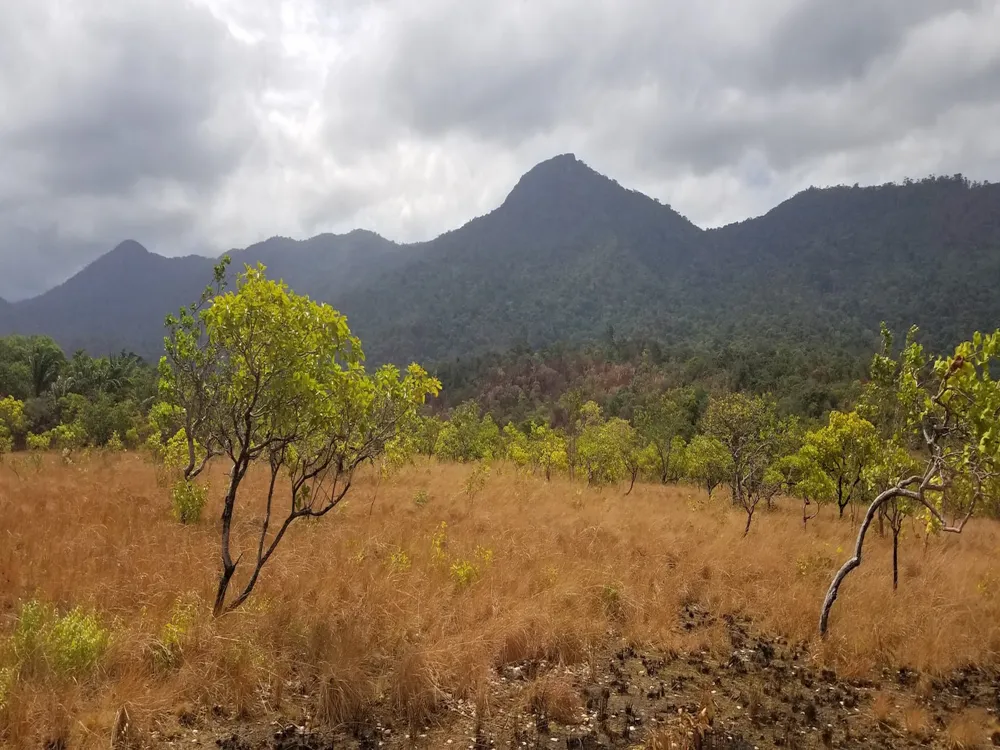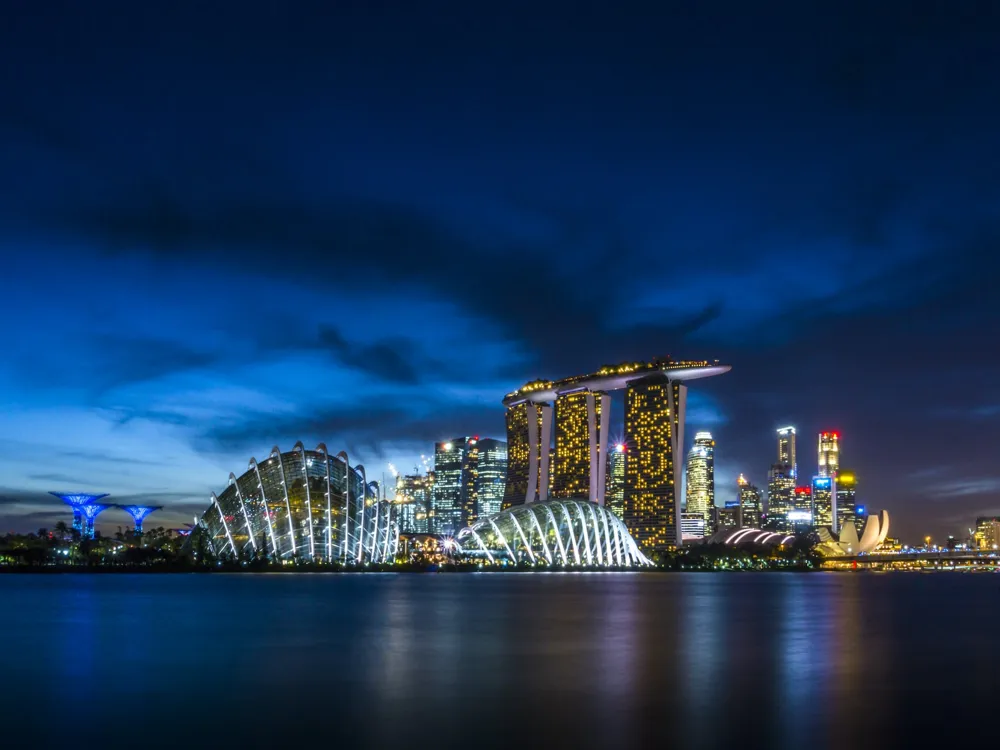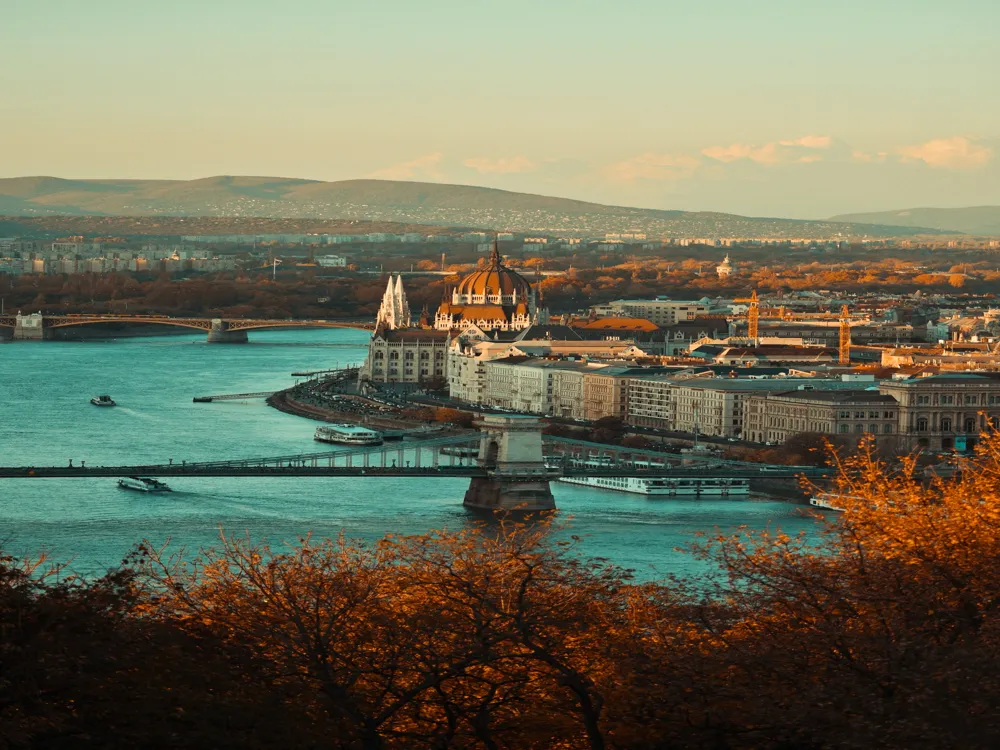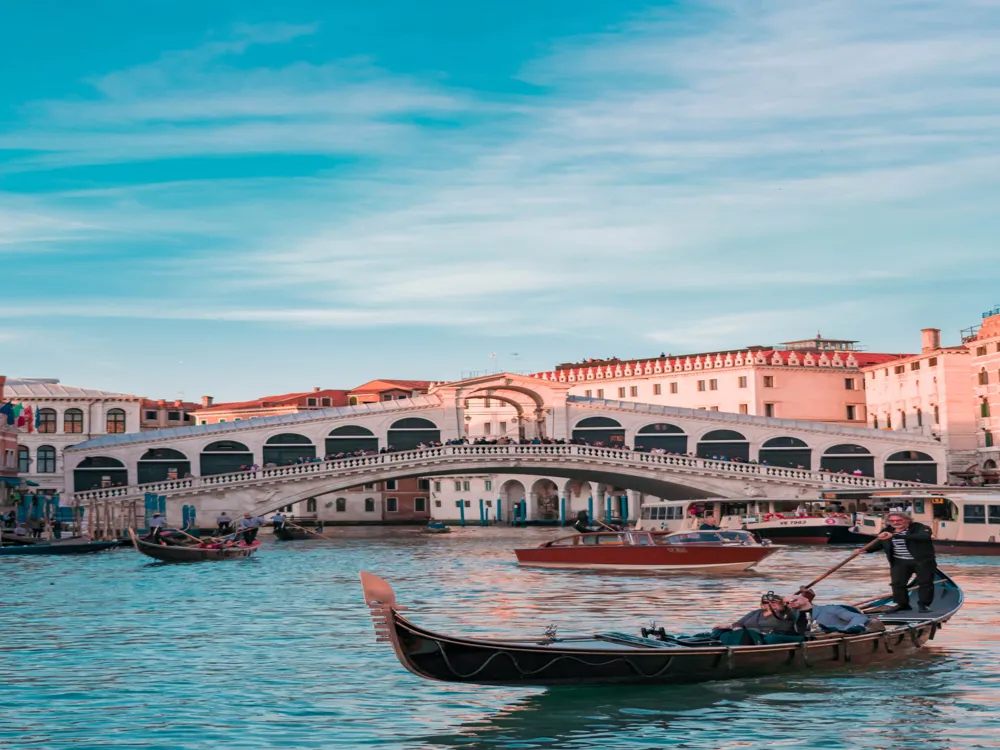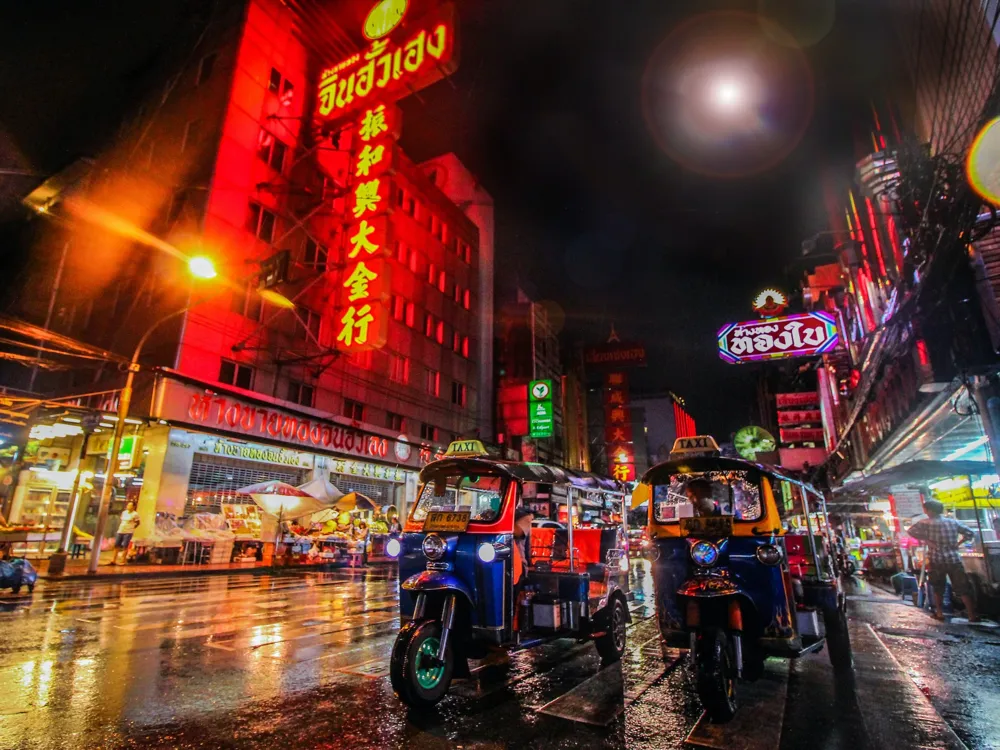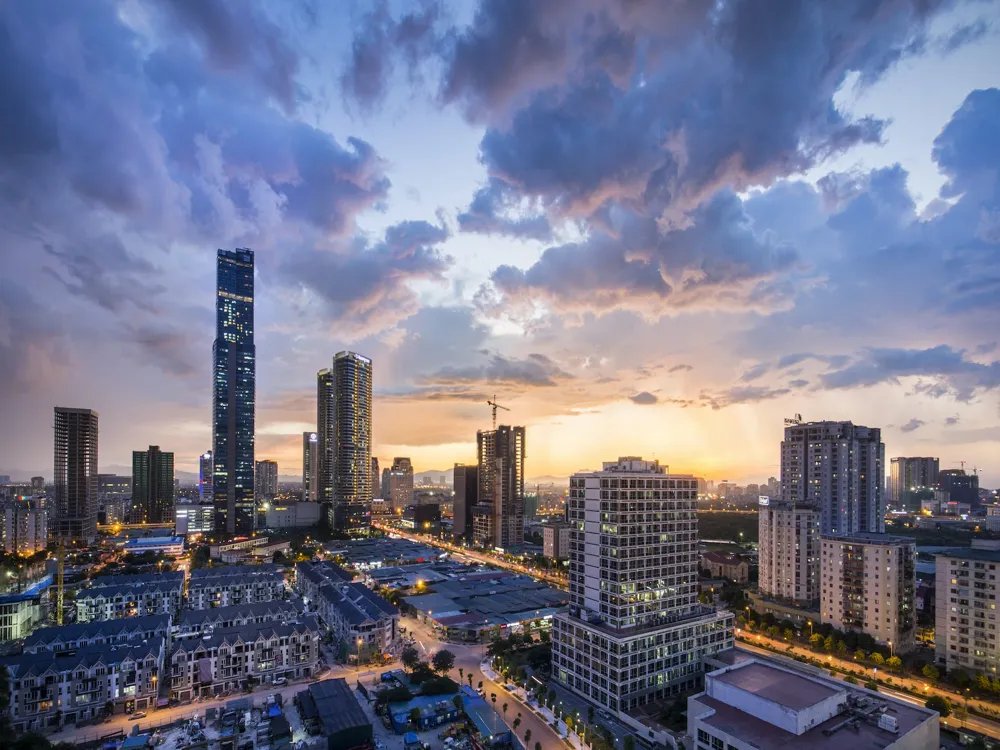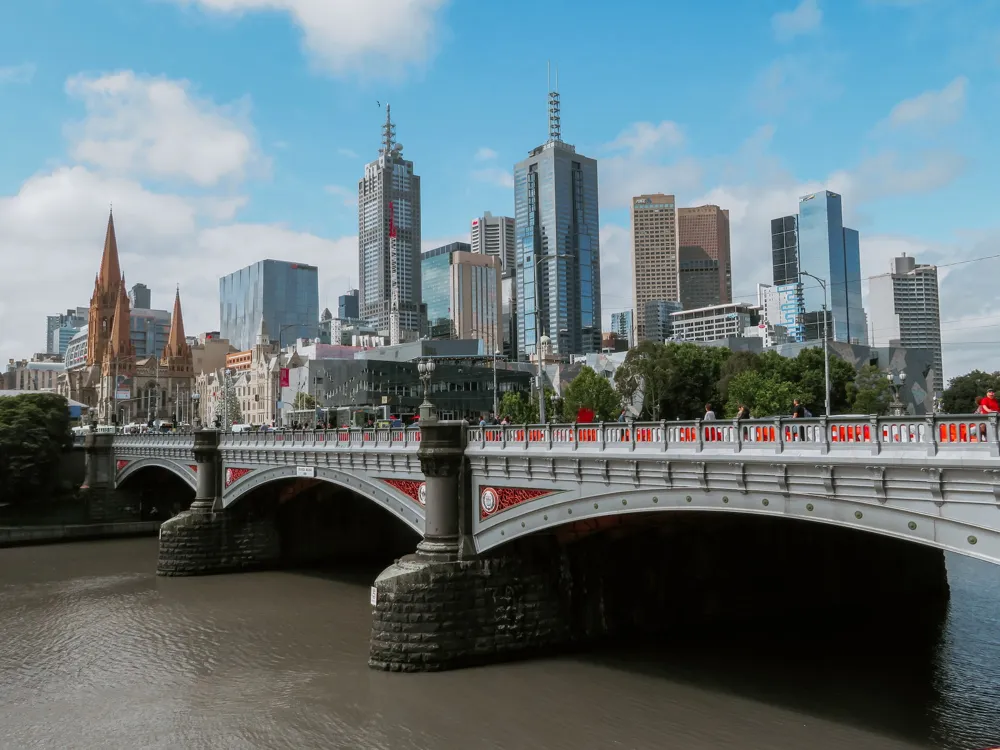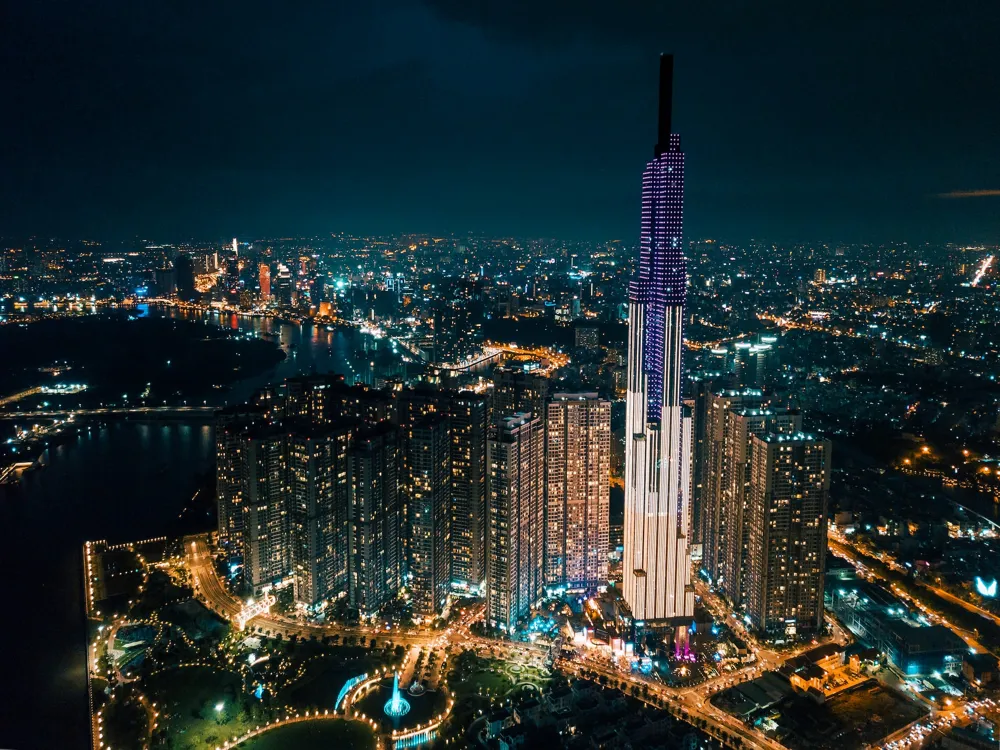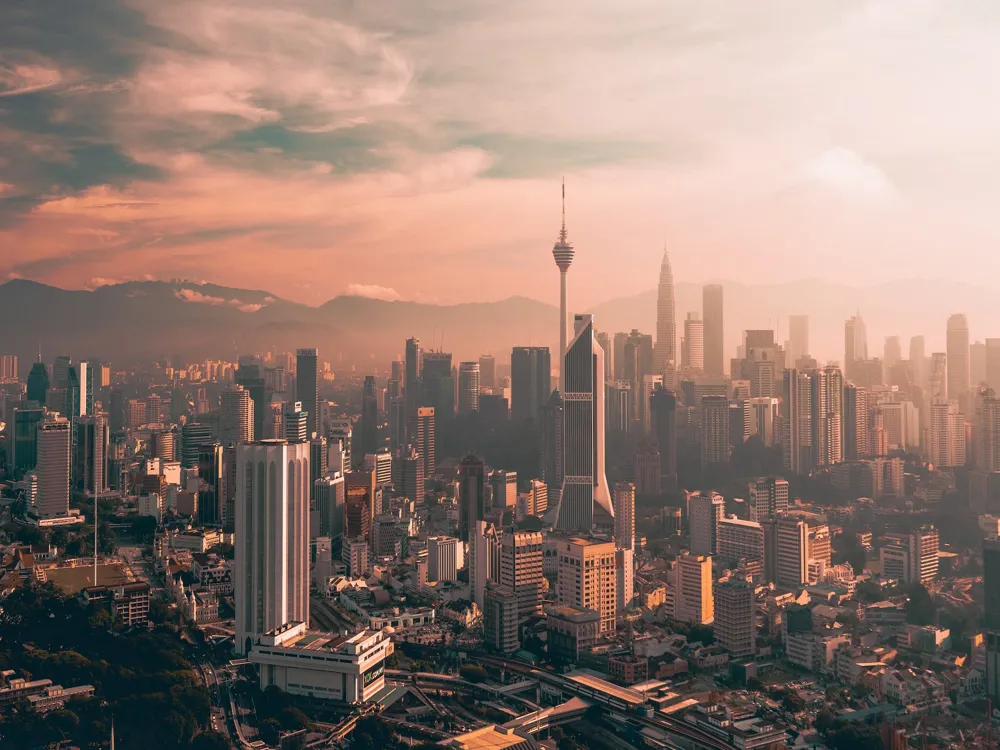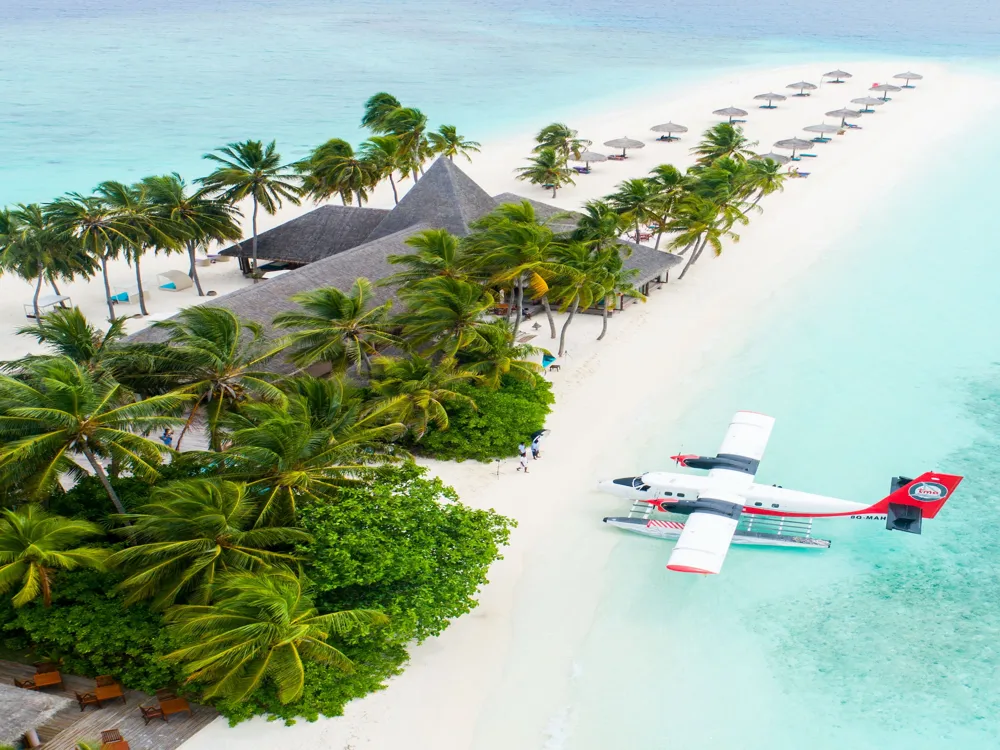Dominica, often referred to as the 'Nature Isle of the Caribbean', is a hidden gem nestled among the Lesser Antilles in the Caribbean Sea. This volcanic island is renowned for its pristine natural beauty, vibrant culture, and rich history. Dominica's landscape is a diverse tapestry of lush rainforests, cascading waterfalls, and rugged mountains, making it a paradise for nature lovers and adventure seekers alike. The island's commitment to eco-tourism and conservation is evident in its well-preserved national parks and protected areas.
The culture of Dominica is a fusion of African, European, and indigenous Kalinago influences, reflected in its music, dance, art, and festivals. The island's most famous event, the annual World Creole Music Festival, showcases a blend of Creole music genres from around the world. Dominica's cuisine is another area where its cultural diversity shines, offering a tantalizing mix of Creole, African, and Indian flavors. Traditional dishes such as callaloo soup, mountain chicken (a local frog species), and fish broth are must-tries for any visitor.
Dominica's history is as rich as its landscape. Originally inhabited by the Kalinago people, it later became a battleground for European powers, with France and Britain leaving the most significant marks. This history is evident in the island's architecture, place names, and languages, with English being the official language, while French-based Creole is widely spoken. The island's commitment to preserving its history is seen in well-maintained historical sites like Fort Shirley and the Kalinago Barana Autê, a living museum of the Kalinago culture.
The island's commitment to sustainable living and environmental conservation is unparalleled in the region. Dominica aims to become the world's first climate-resilient nation, a response to the challenges posed by climate change, particularly following the devastating impact of Hurricane Maria in 2017. This commitment is reflected in the government's policies and initiatives focusing on renewable energy, sustainable agriculture, and eco-tourism.
Dominica's architecture is a captivating blend of its diverse cultural heritage and the island's natural environment. The architectural landscape of Dominica ranges from historical colonial buildings to traditional Kalinago structures, offering a glimpse into the island's rich history and cultural diversity. In Roseau, the capital city, colonial architecture is prominent, with French and British influences evident in the design of old stone buildings and wooden houses adorned with gingerbread trimmings.
One of the most significant architectural landmarks in Dominica is Fort Shirley, located in the Cabrits National Park. This 18th-century British garrison offers a spectacular view of the coastline and has been meticulously restored as a cultural and historical site. The fort's restoration is a testament to the island's commitment to preserving its architectural heritage.
In the rural areas, traditional Kalinago architecture is still practiced, particularly in the Kalinago Territory, where the indigenous community resides. These structures are typically built with natural materials like bamboo, palm leaves, and wood, reflecting the Kalinago's deep connection with the land. The Kalinago Barana Autê offers visitors an immersive experience into traditional Kalinago life and architecture.
The island's churches are also architectural highlights, with many dating back to the colonial era. The Cathedral of Our Lady of Fair Haven in Roseau is a prime example, showcasing a mix of Gothic and Romanesque styles. The church's stained glass windows and detailed woodwork are particularly noteworthy.
In recent years, there has been a growing emphasis on sustainable and eco-friendly architecture in Dominica. This is seen in the design of new buildings that incorporate renewable energy sources, rainwater harvesting systems, and materials that reduce environmental impact. This shift towards sustainable architecture is aligned with Dominica's vision of becoming a climate-resilient nation.
Dominica enjoys a tropical climate with minimal temperature variations throughout the year. The best time to visit is between December and April, which is the dry season. This period offers sunny skies and pleasant temperatures, ideal for exploring the island's natural beauty. Visitors should be mindful of the hurricane season from June to November and plan their trip accordingly.
When packing for Dominica, include lightweight, breathable clothing, a good pair of hiking shoes, swimwear, and a rain jacket. Sunscreen, insect repellent, and a hat are also essential due to the tropical climate. Don't forget to pack a camera to capture the stunning landscapes and vibrant culture.
Dominica's culture is a blend of different influences, and respecting local customs is crucial. Greet people with a friendly smile and a simple 'hello'. Be mindful of dress codes, especially when visiting religious sites. Engage with locals to learn more about their traditions and festivals, but always ask for permission before taking photos.
Dominica is dedicated to environmental conservation, and visitors are encouraged to adopt eco-friendly practices. This includes minimizing plastic use, respecting wildlife and natural habitats, and staying on designated trails during hikes to preserve the island's pristine condition.
Reaching Dominica is a journey that adds to the adventure of visiting this unique island. The primary airport, Douglas-Charles Airport, welcomes flights from major Caribbean hubs, and connecting flights are available from the United States, Canada, and Europe. Alternatively, visitors can arrive by ferry from neighboring islands such as Guadeloupe and Martinique. Cruise ships also frequent the island, docking in Roseau, the capital city.
Upon arrival, visitors can rent a car or use local transportation to explore the island. Driving in Dominica offers a more flexible and intimate experience of the island, but be prepared for winding roads and lush scenery that demand cautious driving. Taxis and buses are available for those preferring not to drive, offering an authentic local experience.
Overview of Dominica
Architecture of Dominica
Tips When Visiting Dominica
Understanding the Climate and Best Time to Visit
Packing Essentials for Dominica
Respecting Local Customs and Culture
Eco-friendly Practices While Exploring
How To Reach Dominica
Trafalgar Falls
Dominica
NaN onwards
View dominica Packages
Dominica Travel Packages
View All Packages For Dominica
Top Hotel Collections for Dominica

Private Pool

Luxury Hotels

5-Star Hotels

Pet Friendly
Top Hotels Near Dominica
Other Top Ranking Places In Dominica
View All Places To Visit In dominica
View dominica Packages
Dominica Travel Packages
View All Packages For Dominica
Top Hotel Collections for Dominica

Private Pool

Luxury Hotels

5-Star Hotels

Pet Friendly







